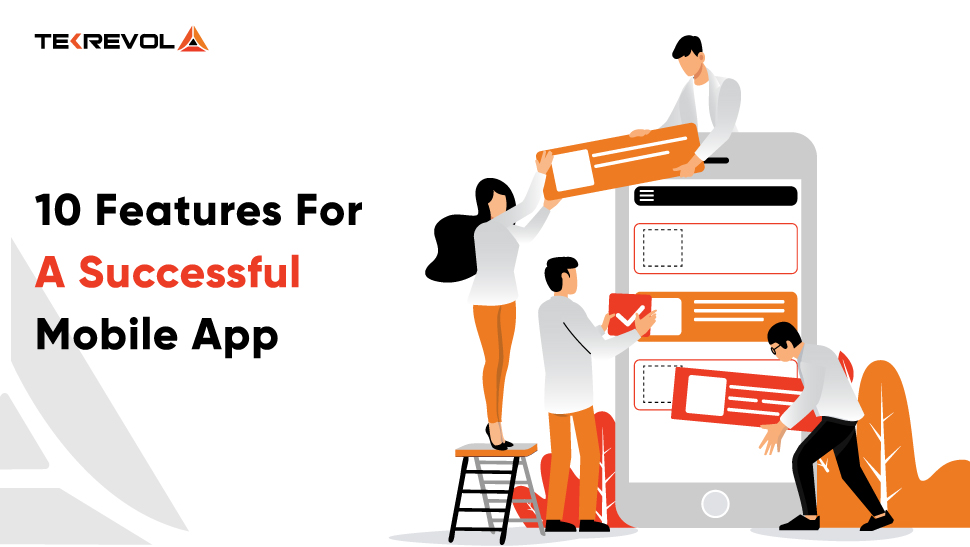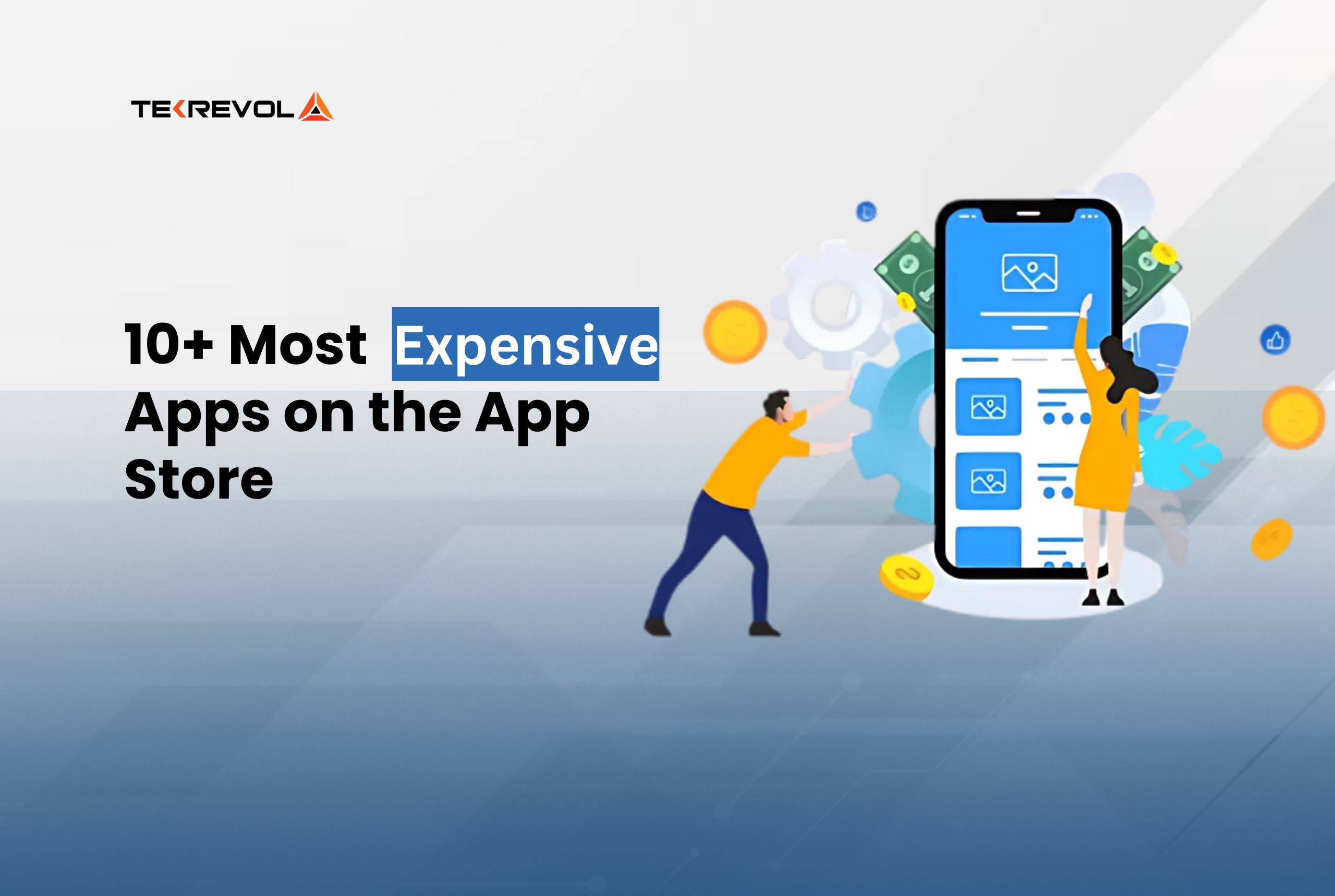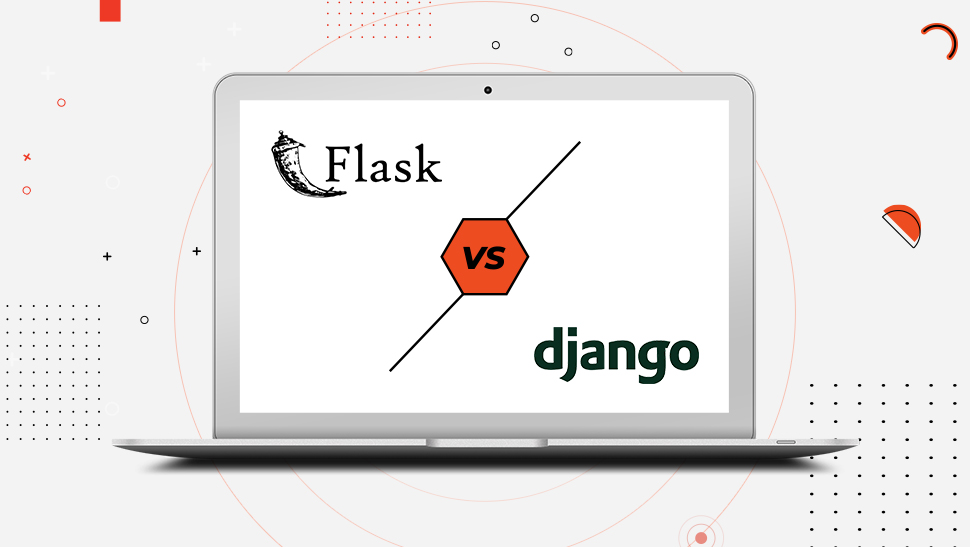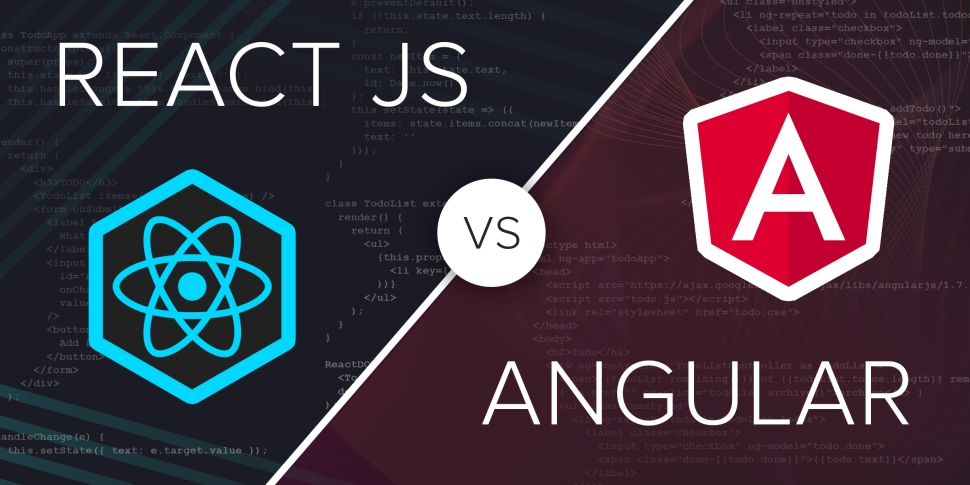An app is as good as its features, period.
These app features, their concentration, and complexity can actually make or break your mobile app’s user experience, especially when there are over 5 million other apps on the stores (Android and iOS added).
Generally, the kind of features added in a mobile application differ depending upon whether they would add value to the lives of end-users or not. For instance, if you are looking to build a real estate app, there are certain top features that must be present in leading real estate applications.
That is where you would be studying their processes and features to provide what the world needs and what your audience needs, to be more precise. Deciding on features is a discussion that requires in-depth analysis and study.
Building onto this narrative, only user-centric apps survive the competition, regardless of how many features they present.

This app feature discussion boils down to 5 important considerations about mobile apps’ success:
- Apps succeed when they deliver value, which significantly depends on user experience and not the number or complexity of features.
- User experience is a combination of utility, simplicity, speed, security, and flexibility, with utility being the top priority for Nobody wants to use an app that’s fast and flexible but doesn’t fulfill the purpose.
- Successful apps provide optimal user experience by striking the strategic (and profitable) balance between the aforementioned factors. Businesses have to prioritize these factors depending on their target audience’s pain points to maintain utility throughout the customer journey.
- Because the utility is the primary factor, the app’s core functionality (the 2 basic features) should follow the MECE principle.
- An app should be modern, adaptive, and value addition in the collection. For value addition and innovation, you need to base the 8 other features that fulfill the MAYA criteria (more on MAYA later).
While this was a quick rundown, the last section of this article has a detailed overview of things you and your app developer should consider when adding a feature to your mobile app.

10 Features That Make A Successful App
Here is a list of the 10 trendiest app features that are evidently boosting the user experience. Popular apps like All of these features are
1. Guest Signup
Signups require personal information like email addresses, mobile phone numbers and sometimes addresses. While it can help businesses with data analytics and improvement, submitting personal information can sometimes overwhelm users. 70% of users are concerned about their information being used without prior information (TechJury).

Data retention, seemingly an advantage for your app business, can quickly turn into an obstacle and may keep users from using the app at all if:
- They don’t trust a brand for data-related privacy – happens when an app asks for too much of personal information without disclosing how such information will be processed.
- They get irritated by a lengthy signup process.
But there are ways to handle this. App developers at Tekrevol come up with 2 quick signup options for apps:
- Allow users to sign up with emails or phone numbers.
- Let users sign up using Google or Facebook links.
- Introduce a guest sign up where they can use the app without submitting information.
Later, when your users want to use advanced features, you can always run a prompt and ask for more information for continuation of service. Amazon currently has a guest signup feature which doesn’t ask for personal information.
2. Personalization and data caches
Based on the core functionality of your app, you must be collecting users’ data in one way or the other, for one reason or the other. Adding personalization features can help you use this data for good. According to Think with Google:
- 58% people favor companies whose apps and websites remember the past behavior.
- 63% people buy from brands whose apps send them personalized recommendations.
Now connect the dots – to make your app successful, you need to set data caches on, store as much as your app can on the local device storage, process that data and send personalized recommendations, whether you are selling a product or service, offering in-app purchases or capitalizing sponsored advertisements.
Facebook and Instagram currently support ad personalization, allowing users to opt out if they wish.
3. Push notifications
Push notifications are targeted messages that pop up on mobile devices, mostly based on the preferences of app users. These are one great way to send out personalized recommendations. Whatever the core functionality of your app is, you can use push notifications to engage your users in on or the other way.
But, are push notifications good or bad? Do your users want them? Should you send push notifications?
Noah Weiss from Slack’s Search, Learning and Intelligence department reveals that ideal push notifications are timely, personal and actionable. So, the answer to three of these questions lies in your buyer persona. Look at your target audience and decide which push notifications you should send, and if you should send them at all!
Popular game Candy Crush Saga sends push notifications.
4. Custom notification settings
While users love personalization, there are some who don’t want to ‘get into action’ in the middle of their work day.
Considering users’ love for personalization, whether or not they want to see a push notification should also be a personal choice.

It is ideal to let them set preferences, be it notification frequency, sound, vibration and so on. Allow them to enable or disable the push notifications in their app settings.
5. Factor Authentication
2FA is an extra layer of protection and is super important for apps that store or process sensitive payment information like credit card numbers or Google Pay credentials. When a user attempts to perform an activity or make a payment, the app sends an OTP in one of the alternate platforms and verifies.
2 Factor Authentication offers security and is ideal for apps with ecommerce marketplace features and in-app purchases.
PayPal, one of the most popular digital payment platforms offers 2 Factor Authentication.
6. Offline mode
Offline mode is one of the best mobile app features you would introduce in your app. That’s because users browse through apps on the go – at their workplaces, in vehicles, during hospital emergencies and so on and offline mode can help you engage your audience – without the internet.
To understand the importance of offline mode, weigh the app usage frequency against the number of apps people use:
According to Tech Crunch, users worldwide spend an average of 4.2 hours per day on mobile applications. Tech Jury reveals that 32% of people check their apps 1-10 times daily. 87% of smartphone users use only 18 applications.
While the tech world is pushing 5G, being able to use applications without internet (Wi-Fi or cellular data) is a blessing for some users.
Google Drive and music app Soundcloud offer offline mode. In fact, YouTube also offers a partial offline facility in which users can download a video on local storage and can watch it without internet connection.
7. Dark mode
Dark mode reduces the light emitted by the smartphone screens and adjusts the app’s interface according to day or night hours, all while maintaining readability and color contrast ratios.
While this feature doesn’t really add to the utility of an app, or boost the core functionality because smartphones now can auto-adjust to day light, limited battery and data consumption is its one obvious advantage.
8. Voice and Image search
Apps that do depend on search functions can further provide flexibility and convenience by introducing voice and image search options. Both of these technologies work on the principles of Artificial Intelligence and Machine Learning. From a technical standpoint, your app developer will ideally use image recognition features or AI chatbots that assist users with search and responding to queries from the database.

One quick example is Amazon’s mobile app that allows users to scan a product, search for it in the online store and add it to cart. The feature enhances user experience through added flexibility, convenience and speed.
9. Multiple Payment Options
Offering multiple online payment options can boost the flexibility of your mobile app.
Consider two apps with same core functionality – yet App A offers 2 additional payment gateways (say Stripe and Google Pay) but App B doesn’t. From a logical standpoint, a specific number of users will favor app A because of the various payment options. This feature can in fact come in handy for free apps that offer in-app purchases and premium memberships.
10. Cross platform coverage
While making cross-platform applications is profitable for businesses (because of a bigger chunk of users), it delivers a superb user experience and is more relevant now than any other time. According to community surveys and polls, people are rapidly switching between Android and iOS devices.
While this is specifically not a feature, but an ideal option for users who keep switching between devices of different operating systems. Hybrid apps improve user experience and increase brand loyalty as users don’t have to find a substitute and can continue using your app seamlessly (without any data losses).
Popular apps like Uber, Etsy, Canva, Instagram, Pinterest, Netflix are all cross-platform applications.

How to decide if your users need a specific app feature?
While we have given a list of 10 app features that are trending in the app development industry, whether or not to include them in your mobile app is not an objective choice – but a rather subjective matter which can be decided after thorough consideration of your target users, the core objective of the app, the pain point, the nature of the solution, and user acceptance.
While the MECE and MAYA principles were already implied in the earlier stages of this article, the exhaustive concepts behind implementing the two principles are written below just to give you a more informed idea of what you should actually be doing when integrating features.
MECE Principle
MECE stands for Mutually Exclusive Collectively Exhausted. The rule, when applied to app design and development, suggests that your app’s features should primarily:
- The core functionality and features of the app should not be compromised.
- Be comprehensive and complete enough to support the main needs of the user.
This calls for eliminating any features that your users might find redundant, repetitive, and distracting.
MAYA Principle
MAYA stands for ‘Most Advanced Yet Acceptable. This principle for design and development suggests that product innovation should abide by two basic rules:
1. Firstly, the app features you introduce should be advanced enough to stand out
2. Secondly, and more importantly, they should be usable and acceptable for your target users.
If they are not advanced, they might not be innovative; if they aren’t accepted by your users, your app can fail. The rule suggests that during app design and development, bring something unique to users to excite them, all while maintaining a level of familiarity so they don’t overwhelm.

Big brands that drive innovation test the user acceptance of change factors based on these criteria.
Now how do you develop a successful app that satisfies the needs of your target audience and follows the conditions as set out in MECE and MAYA?
This is rightly doable with an MVP – Minimum Viable Product that has only the essential features and you can choose to add newest features after first launch based on your users’ feedback.
Furthermore, an M.V.P. or a prototype of an iPhone app or an Android app that you’re about to build must have a core feature, one that you intend to base your app on in the future.
Adding too many features in the initial stage would diminish the psychological value of the app. Therefore, make sure you add only the features that would significantly impact the market in the initial launch stage.
Once the viability of the app is tested after the initial launch, you can either keep improving the app’s existing features to surpass industry standards or add new features to the app to facilitate your users.
However, for the features that you will be adding to your product, make sure that they’re super-related to your app’s niche or category.
Read more about Minimum Viable Products and how reputable brands like Dropbox and Airbnb used MVPs to win the market.

Wrapping Up…
While it is good to have multiple app features, appreneurs and developers need to maintain a strategic balance to keep the app usable, light and speedy. Keeping the user psychology and convenience in view. More and more apps you’ll find in the market, whether as a user or as a potential app developer – are all minimalistic. Because target users are the ideal customers that drive planned revenues to the project, it is ideal to design and develop apps that are feature-rich only to the extent that would hook your users and not distract them!
Not yet started with your mobile app development project? Put your right foot forward with Tekrevol’s experienced team!
- Talk to an expert!

 4179 Views
4179 Views September 2, 2021
September 2, 2021









